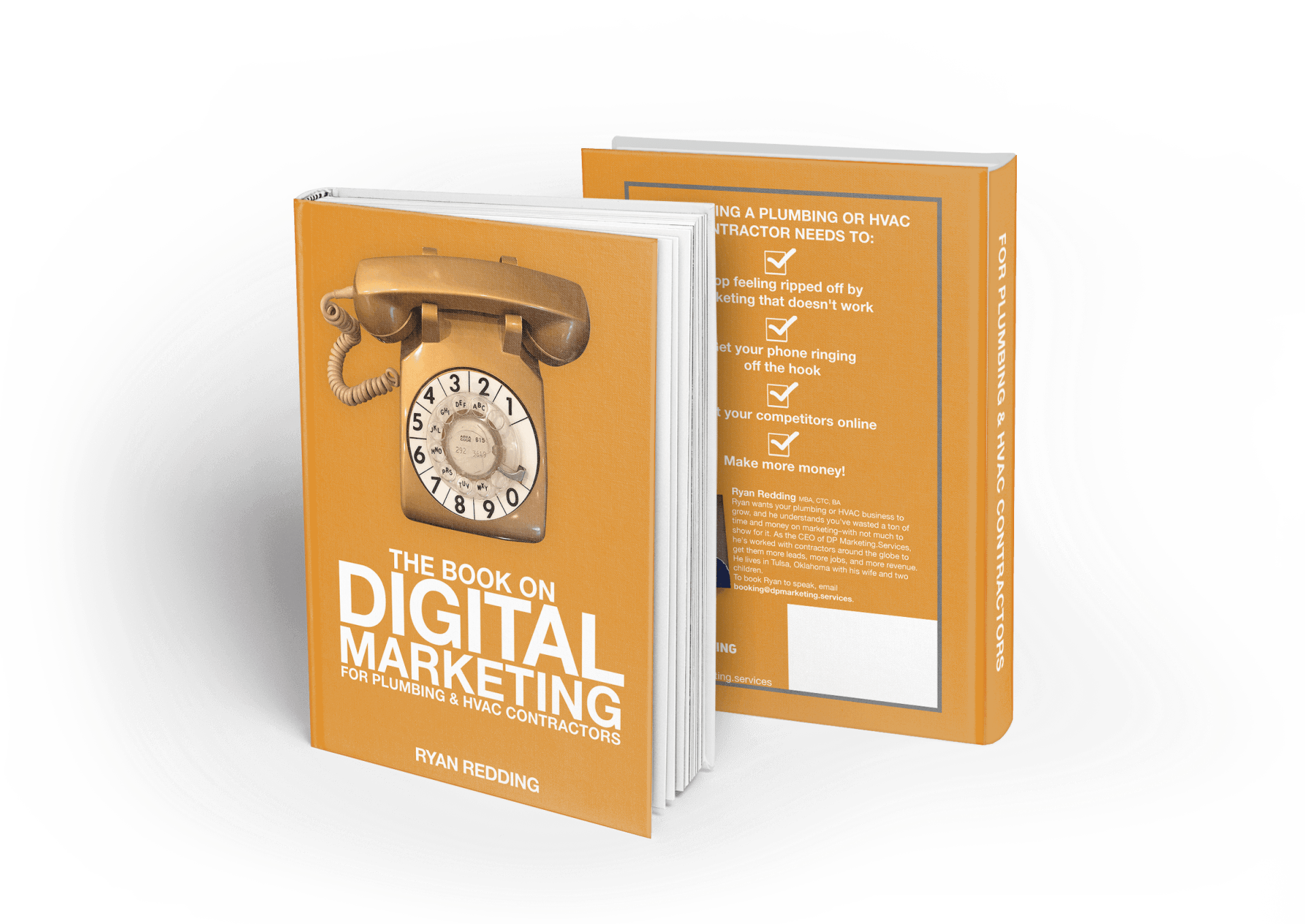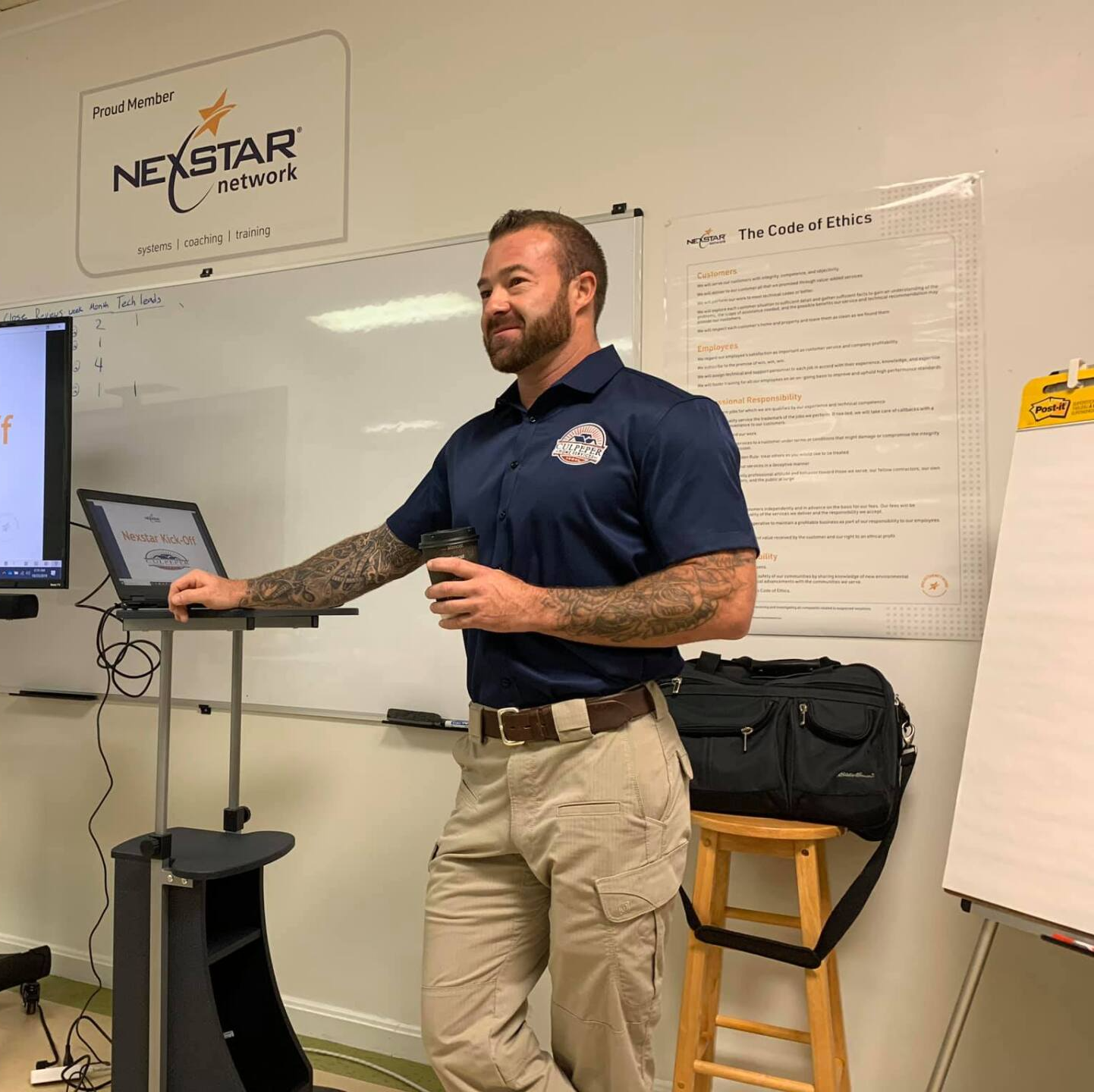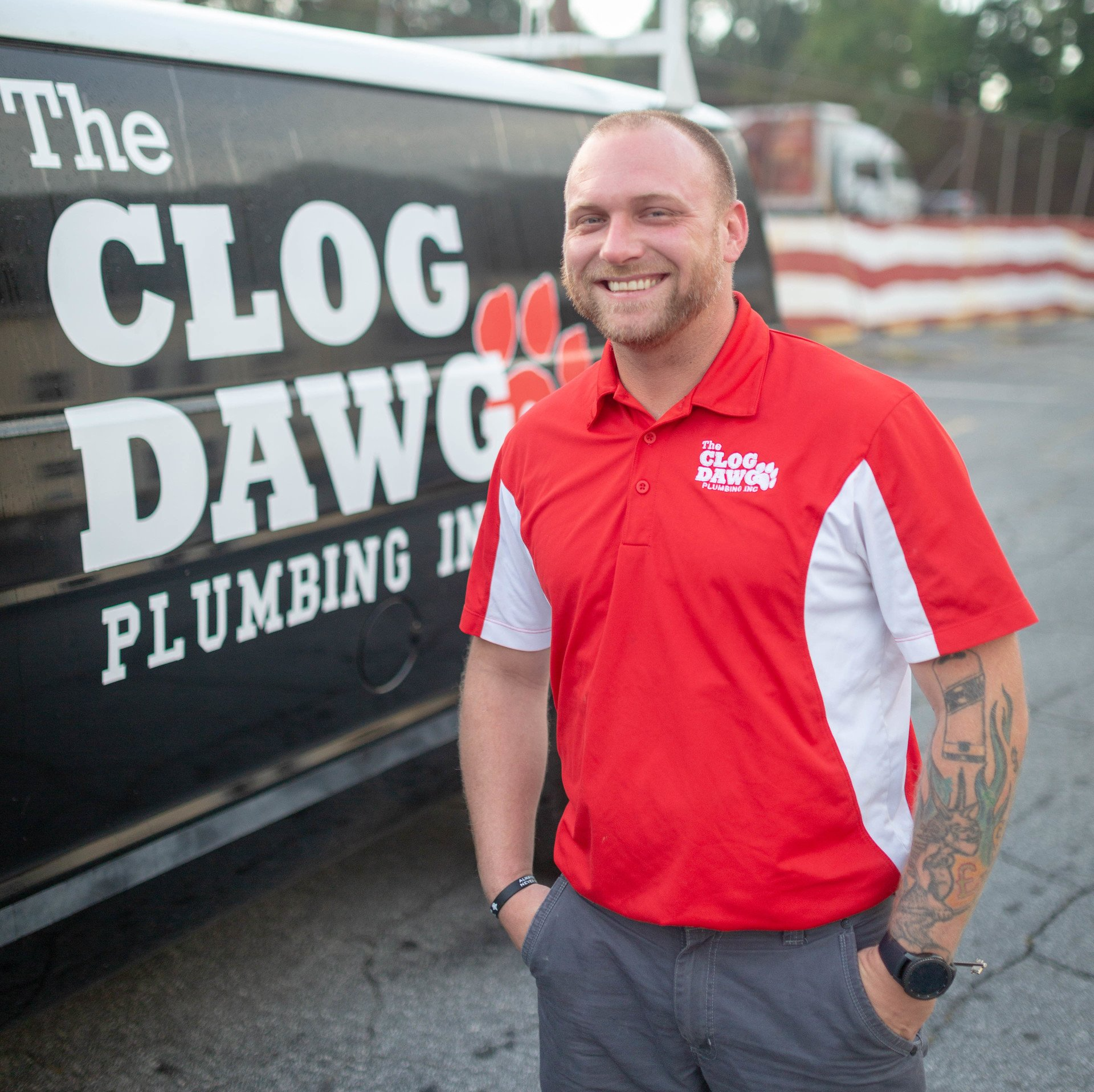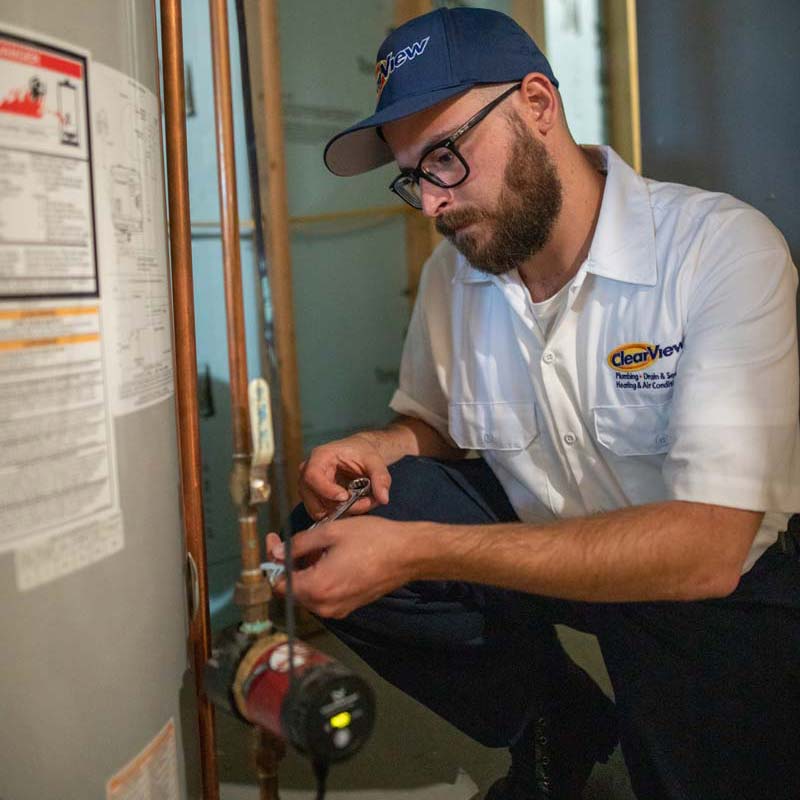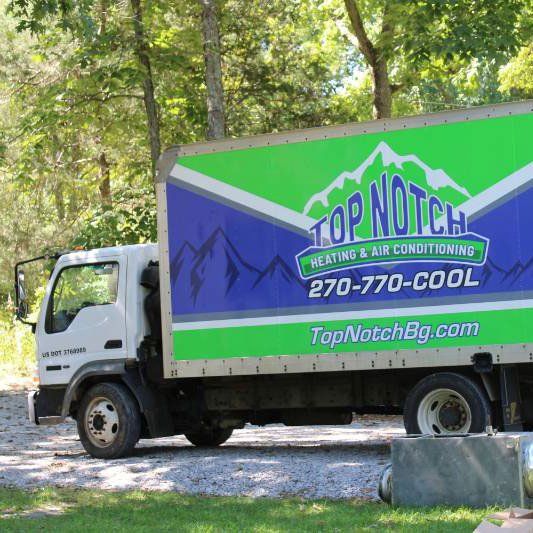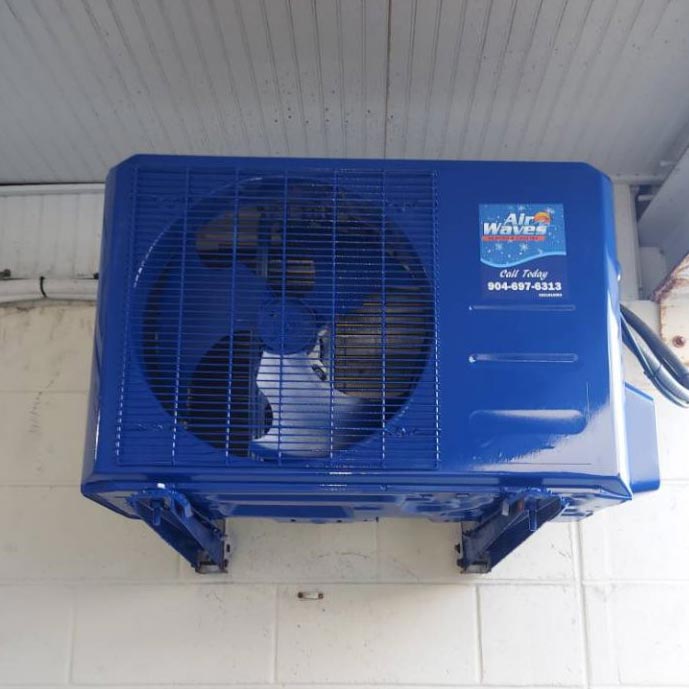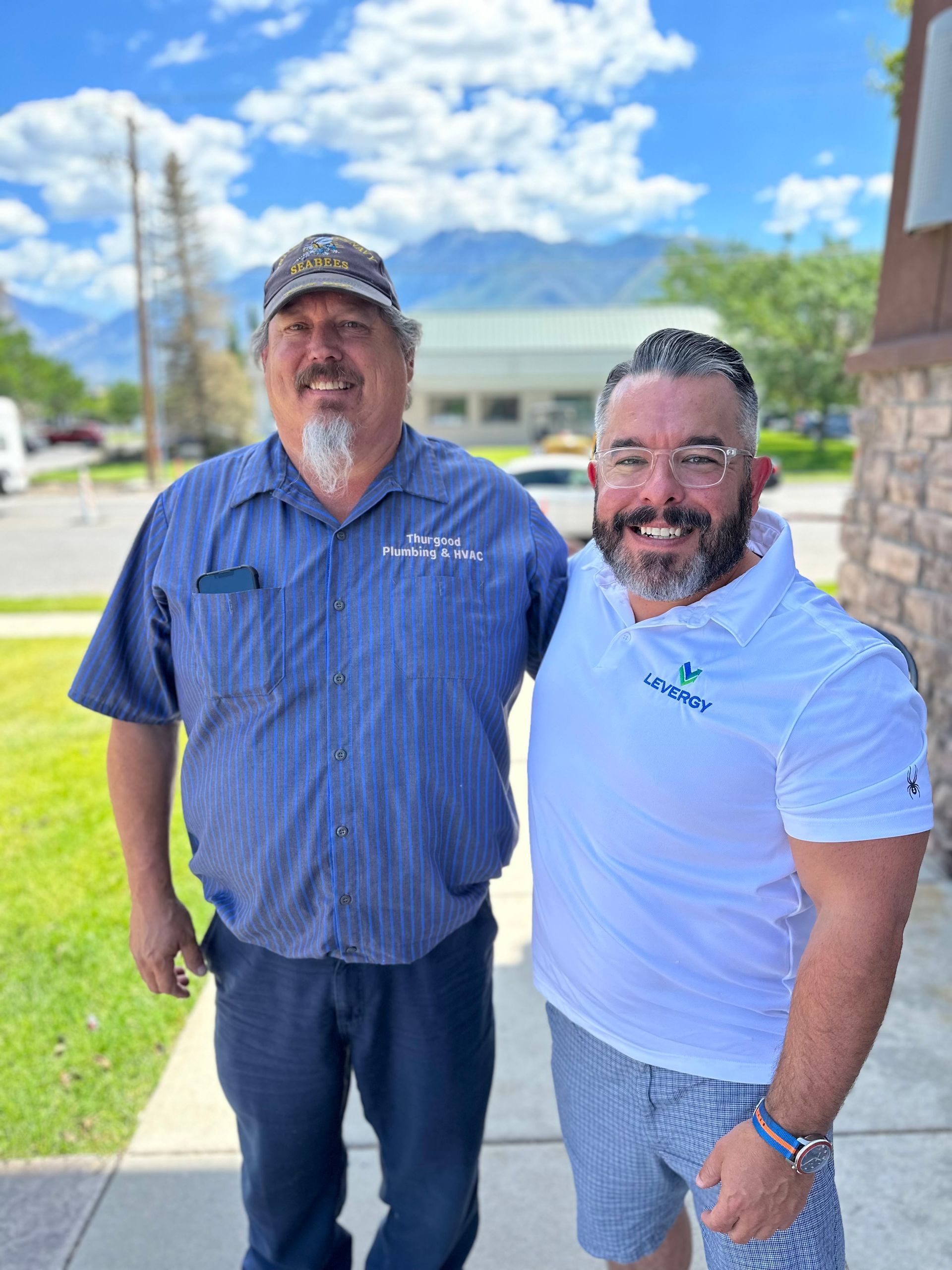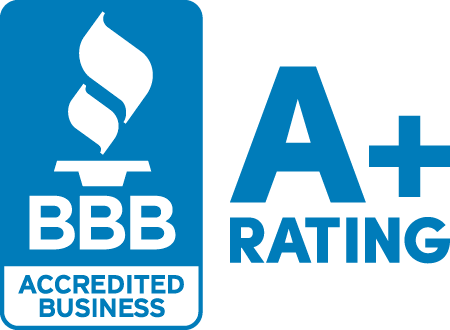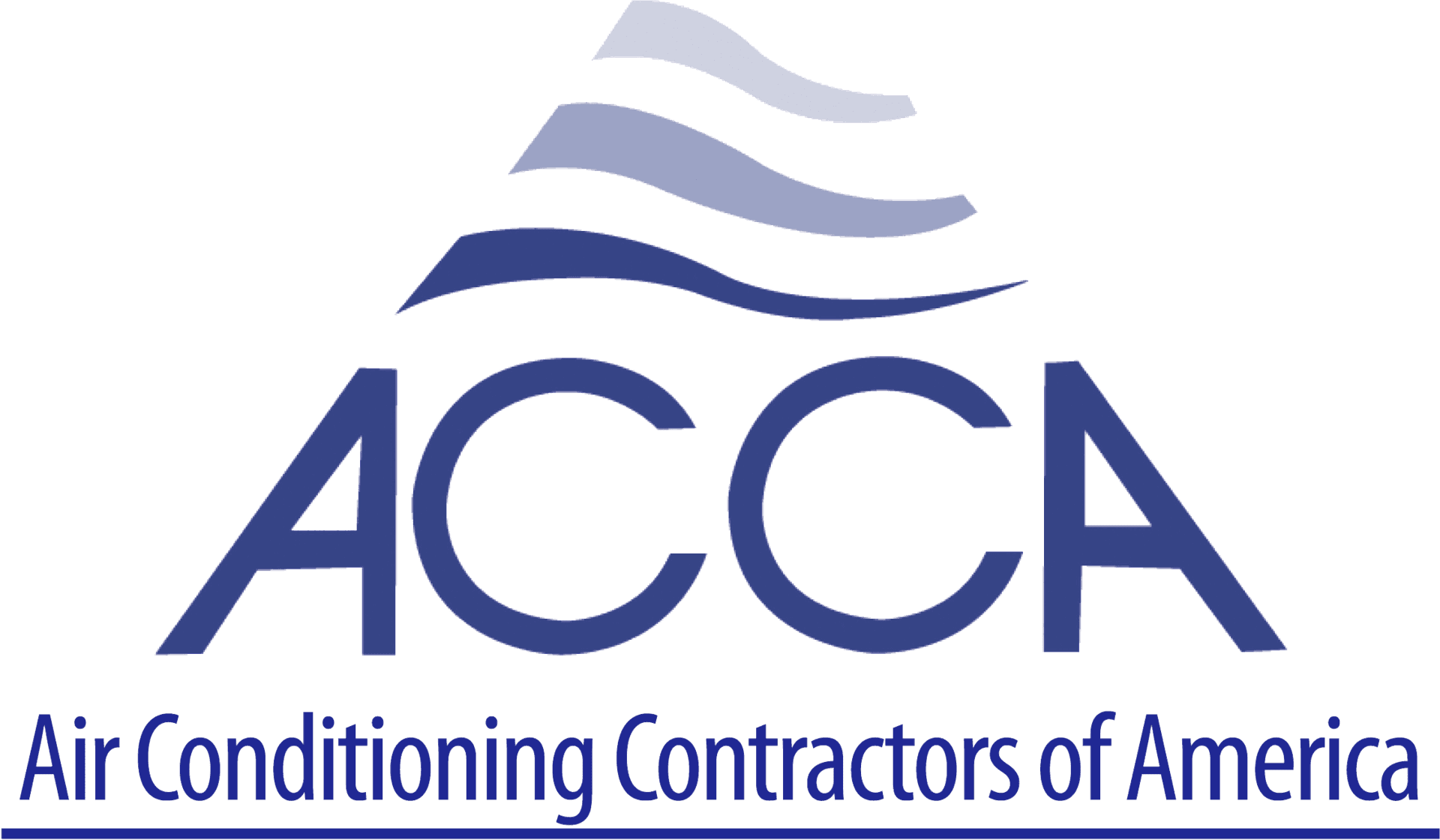ROAS vs. ROMI vs. ROMS: How to Measure Your Marketing's True Impact
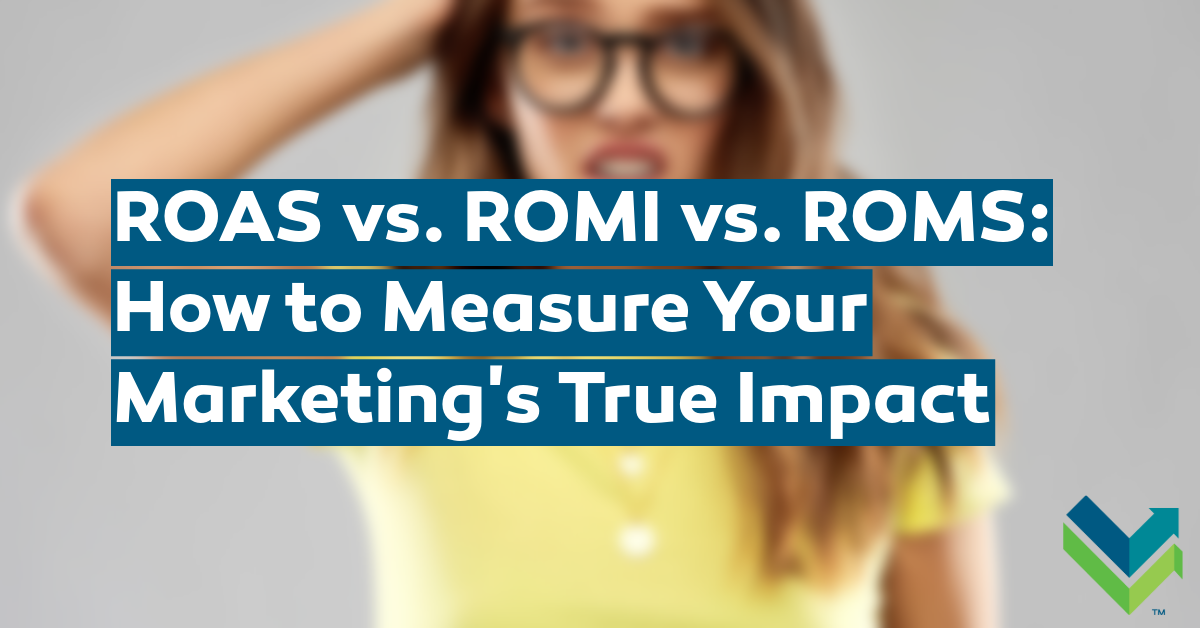
The Importance of Marketing Metrics for Home Service Companies
Running a home service business like a plumbing or HVAC company involves juggling various aspects of operations—managing teams, servicing customers, and keeping up with local competition. But there's one element that can make or break your business: marketing. Whether you’re investing in paid Google ads, building up SEO to rank higher on search engines, or boosting your social media presence, you need to ensure your marketing is bringing in real results. But how do you measure those results effectively?
Terms like ROAS (Return on Ad Spend) and ROI (Return on Investment) get thrown around all the time. However, for a business that depends on long-term customer relationships and brand visibility, these metrics often fail to give you the whole picture. That’s where a more comprehensive metric—ROMS (Return on Marketing Spend)—comes into play.
Let’s dive into how each of these metrics works and, more importantly, why ROMS is the ultimate metric to track marketing success for your plumbing, HVAC, or home service business.
Breaking Down ROAS: What It Is and Why It’s Not Enough for Your Business
ROAS, or Return on Ad Spend, is probably the most well-known marketing metric. It’s a simple way to measure how much revenue you’re getting from your paid advertising campaigns. The formula for ROAS is:
ROAS = Revenue / Ad Spend
For example, if you spend $500 on ads and make $2,000 in revenue from those ads, your ROAS is 4x. In other words, you’ve earned four times what you spent. Easy to calculate, easy to understand—no wonder it’s the go-to metric for many business owners.
ROAS in Action for Home Service Companies:
Imagine you’re running a Google Ads campaign for your HVAC business during the busy summer season. You invest $1,500 in ads, and thanks to that campaign, you land $6,000 worth of new customers. Your ROAS is 4x—a seemingly great result!
But here’s the issue: ROAS doesn’t account for all the costs involved in your marketing efforts.
Did you spend time creating that ad copy? Did your team design landing pages for the ad? What about the long-term customers that came from those ads but didn’t convert right away? ROAS leaves out all of these factors, so while it looks good on the surface, it’s not telling you the complete story.
Example: The Problem with ROAS for Service-Based Companies
A local plumbing company, let’s call them ABC Plumbing, spent $10,000 on Facebook Ads over the summer, seeing a 3x ROAS—$30,000 in revenue. Sounds fantastic, right? But what the company didn’t consider was the additional $5,000 they spent on hiring a digital marketer to manage their ads, along with another $2,000 on tools like email marketing and CRM software. When all costs are factored in, their "great" ROAS becomes a lot less impressive.
This is where ROAS falls short—it only measures revenue directly generated from ads but leaves out the bigger picture.
Why ROAS Alone Doesn’t Tell the Whole Story for Plumbers and HVAC Pros
For service-based businesses like plumbing and HVAC companies, ROAS is often misleading because it focuses solely on short-term results. While ROAS can give you insight into whether a specific ad campaign is effective, it doesn’t measure the true profitability of your overall marketing efforts.
Here’s why ROAS is not enough for home service companies:
- ROAS Ignores the Cost of Other Marketing Efforts:
- If you’ve invested heavily in SEO, social media management, or content marketing, ROAS won’t reflect the value of those efforts. Many of these activities drive long-term organic growth rather than immediate sales from ads.
- ROAS Fails to Capture Customer Lifetime Value (CLV):
- In the home services industry, your relationship with a customer doesn’t end after one job. Customers who come in through Google Ads may turn into repeat clients over time, especially if they’ve signed up for maintenance plans or subscribed to your email list. ROAS doesn’t track the potential future revenue that stems from long-term relationships.
- ROAS Doesn’t Consider Non-Direct Revenue Influencers:
- Word of mouth and reputation matter—a lot! If you’re actively building brand awareness or improving your online reviews, those efforts can influence your overall revenue. But ROAS won't capture the value of intangible brand equity or customer goodwill.
Data on ROAS and Customer Acquisition Costs:
In 2023, a study by HubSpot found that customer acquisition costs (CAC) had risen by 50% in the last five years, partly due to rising ad costs on platforms like Google and Facebook. While ROAS may still look healthy, ignoring these rising costs can hurt long-term profitability, especially in competitive markets like home services.
Meet ROMI: A Smarter Way to Measure Marketing for Long-Term Business Growth
ROMI, or Return on Marketing Investment, expands on the idea of ROAS by considering all marketing expenses, not just ad spend. The formula for ROMI is:
ROMI = (Revenue – Marketing Costs) / Marketing Costs
This gives you a fuller understanding of whether your overall marketing efforts are profitable. While ROAS only looks at direct ad spend, ROMI incorporates everything from the cost of hiring marketers to paying for software tools and campaigns like email marketing or SEO.
ROMI in Action for Home Service Companies:
Let’s say you’re running an integrated marketing campaign for your plumbing business. You’ve invested $5,000 in Google Ads, $3,000 in SEO, and $2,000 in email marketing over a three-month period. All of these efforts together bring in $25,000 in revenue.
Your ROMI would look like this:
($25,000 - $10,000) / $10,000 = 1.5
This shows that for every dollar spent, you’re getting $1.50 back. While that may not seem as "impressive" as ROAS, it gives a more realistic measure of your marketing profitability across multiple channels.
ROMI vs. ROAS: Why It’s a Better Fit for Service Businesses
ROMI tells you the real return on all marketing efforts, not just paid advertising. For home service companies, where you often have to invest in local SEO, Google My Business optimization, and reputation management, ROMI helps ensure you’re getting the most bang for your buck from every part of your marketing strategy.
The Limitations of ROMI: What’s Missing for Service Companies
While ROMI is more comprehensive than ROAS, it’s still not the perfect metric for service-based businesses. Here’s why:
- Doesn’t Account for Long-Term Marketing Payoff:
- ROMI is still a short-term metric. It measures the immediate revenue you get from your marketing spend, but brand-building and customer loyalty take time to develop, especially for home service businesses.
- Misses the Impact of Intangibles:
- Efforts like improving your brand’s image or investing in customer service training may not lead to immediate revenue, but they create loyalty and referrals. ROMI doesn’t consider these long-term gains.
- Inaccuracies in Revenue Attribution:
- Marketing attribution models are never perfect. It’s hard to track every customer touchpoint, and ROMI may misattribute revenue to certain campaigns while ignoring the contributions of branding or word-of-mouth efforts.
Example: A Plumbing Company’s Struggle with ROMI
A plumbing company spent $20,000 on an integrated marketing campaign involving Google Ads, content creation, and a brand refresh. After three months, they saw a return of $30,000 in revenue. Their ROMI showed a 1.5 return, but the company felt like they were missing something. Many new customers mentioned seeing their trucks around town or remembering an ad they saw months ago—factors that ROMI didn’t capture because of the delayed nature of those touchpoints.
ROMS: The Ultimate Metric for Home Service Companies to Track Marketing Success
This brings us to ROMS, or Return on Marketing Spend—the metric that service-based businesses like plumbing and HVAC companies should focus on. ROMS provides a comprehensive look at all marketing efforts—ad spend, labor costs, tools, SEO, branding, and more. It measures the total long-term revenue generated by marketing and compares it to your total marketing expenses.
Formula for ROMS:
ROMS = Total Revenue Generated by Marketing / Total Marketing Spend
ROMS considers both the short-term gains (from ad campaigns) and the long-term value (from brand-building, SEO, and customer retention). It’s the ultimate way to understand whether your marketing is driving sustainable growth.
How to Calculate ROMS for Your Plumbing or HVAC Business
Here’s how you can calculate ROMS for your home service business:
- Track All Marketing Expenses:
- Ad spend (Google Ads, Facebook Ads, etc.)
- Labor costs (for marketers, freelancers, or agencies)
- Tools (CRM software, email marketing platforms, SEO tools)
- Long-term branding efforts (truck wraps, logos, uniforms)
- Calculate Total Marketing Revenue:
- Use tools like Google Analytics, call tracking, and CRM systems to track the total revenue generated by your marketing efforts. Include long-term repeat customers who were originally acquired through marketing.
- Compare Revenue Against Marketing Spend:
- Use the ROMS formula to measure how much long-term revenue you’re generating for every dollar spent on marketing.
Example for HVAC Companies:
Let’s say you’ve invested $15,000 in marketing over six months—$6,000 in ads, $4,000 in SEO, $2,500 in labor costs, and $2,500 on tools. In that time, you’ve generated $40,000 in revenue, thanks to new customers and repeat business.
Your ROMS calculation would look like this:
ROMS = $40,000 / $15,000 = 2.67
For every $1 spent, you generated $2.67 in revenue, factoring in all your marketing expenses and long-term efforts.
Why ROMS is the Game-Changer for Home Service Companies
For businesses like plumbing and HVAC companies, where customer loyalty and local brand recognition are key to success, ROMS provides the most accurate, all-encompassing way to measure marketing effectiveness. Here’s why:
- Holistic View: ROMS includes every facet of your marketing efforts, from paid ads to SEO, email marketing, labor costs, and branding.
- Long-Term Focus: ROMS tracks both short-term and long-term returns, giving you insight into which efforts are truly helping you grow.
- True Profitability: ROMS helps you identify whether your marketing efforts are actually profitable, allowing you to make smarter decisions and reallocate resources effectively.
100% Made Up Case Study: How Switching to ROMS Transformed a Plumbing Business’s Marketing
Let’s take a look at a hypothetical case study of a plumbing company that switched from using ROAS to ROMS—and saw their profits soar.
The Problem: XYZ Plumbing had been relying on ROAS to measure their marketing efforts. They spent $20,000 on ads and were thrilled with a 5x ROAS—$100,000 in revenue. However, their profits weren’t growing as expected. Their SEO campaigns and local reputation-building efforts were underfunded, despite bringing in long-term customers.
The Solution: The company switched to using ROMS as their main metric. By tracking all marketing expenses, including labor and SEO investments, they realized their most profitable channel wasn’t their Google Ads campaigns but their local SEO and Google My Business optimization.
The Result: Within a year, XYZ Plumbing doubled their ROMS and saw a 50% increase in repeat customers, thanks to a focus on long-term marketing efforts rather than quick ad revenue.
Ready to Start Measuring ROMS? Here’s How You Can Begin Today
If you’re serious about growing your plumbing, HVAC, or home service business, it’s time to start looking at ROMS as your go-to metric. Here’s how to begin:
- Track all your marketing expenses—from ad spend to labor, SEO, and tools.
- Measure both short-term and long-term results to get the full picture of your marketing efforts.
- Analyze customer journeys and use CRM and analytics tools to track how long-term marketing pays off.
Not sure where to start? Contact Levergy to set up a custom marketing measurement system for your business.
Want to unlock the real power of your marketing?
Contact Levergy today for a free consultation, and we’ll help you measure what truly matters for your home service business’s growth.
Was This Helpful?
Sign up here, and we'll automatically email you as we publish new articles that you may find useful.
Was This Helpful?
As Seen In:
Is your website helping or hurting your SEO efforts? Find out now for free.
We've got give-a-damn for days.
When my team talks with new clients, we hear a ton of frustration, overwhelm, and general fed-up-ness.
I'm guessing you can relate.
Maybe you've been trying to figure out all this marketing stuff on your own OR you've handed a crap-ton of money to an "expert" for no apparent reason.
Your phones still aren't ringing like they should.
Your advertising still isn't performing like you expected.
Your website's still not ranking or converting like it needs to.
You can't figure out why... and/or your current marketing "partner" isn't 'fessing up.
We think you deserve better.

Ryan Redding
CEO Levergy
Author of The Book on Digital Marketing for Plumbing and HVAC Contractors
Here's how we'll get you more plumbing, HVAC, electrical, garage door, roofing, or other home service leads:

Tell us what's keeping you up at night.
Let's get on a call so you can tell us where your business is and where you want to go. We'll follow-up with a free, comprehensive assessment and actionable tips.

We'll help you fix it.
If you like what you see so far, we'll put together a customized plan with transparent, flat-rate pricing—and then get to work growing your business.

So you can breathe easy.
Have peace of mind knowing you have a true partner on your side who cares about your success as much as you do.
What you get is important.
How you're treated is what sets us apart.
Culpeper Home Services
"... they always go above and beyond the call of duty. I'm impressed with their work ethic, loyalty, and integrity."
- Russell Furr, President
The Clog Dawg
"[Levergy] understood my specific needs and got the work done—bypassing all the unnecessary nonsense. And now business is booming!"
- Steven Douglass, President
Your mileage may vary.
Better results are here.
Discover how to stop wasting money on marketing that doesn't work, and make your phone ring off the hook.
